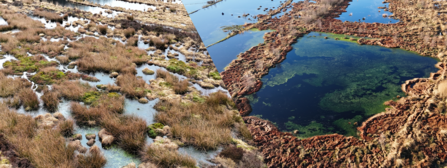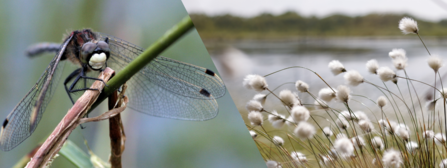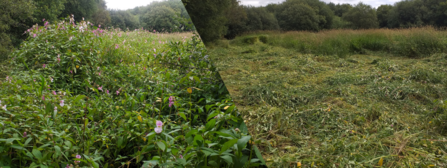Back in 2021, the Lancashire Wildlife Trust received funding from National Highways to restore, protect and manage areas of peatland situated near motorways across Greater Manchester. Since then, we have re-wetted peat, removed invasive vegetation, created new habitats and planted plenty of precious peatland and fen plant species.
With the two projects now coming to an end, we would like to take you through the work that we carried out and the huge benefits it has had on these magical Manchester mosses.
One project focused the restoration efforts on Red Moss, a peatland reserve on the doorstep of Bolton Wanderers’ football stadium in Horwich. Our other project covered multiple sites across the historic peat bog region of Chat Moss which included Little Woolden Moss, Cadishead Moss, Astley Moss and Cheshire Wildlife Trust's Holcroft Moss.




